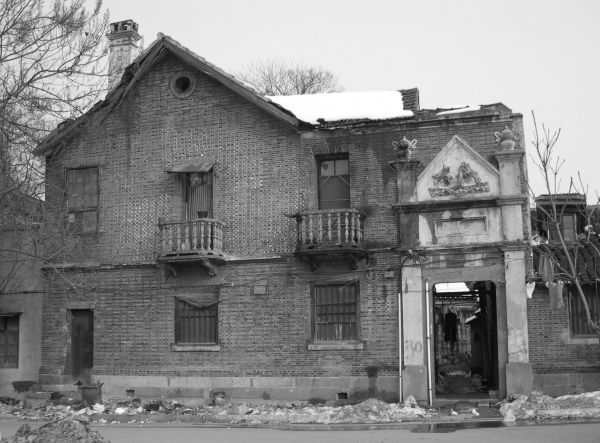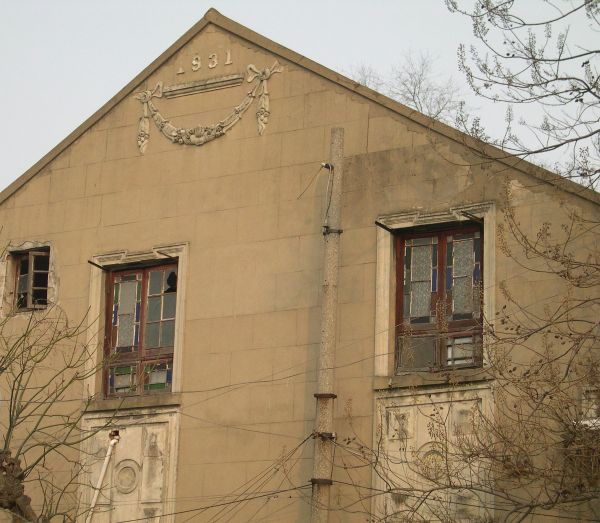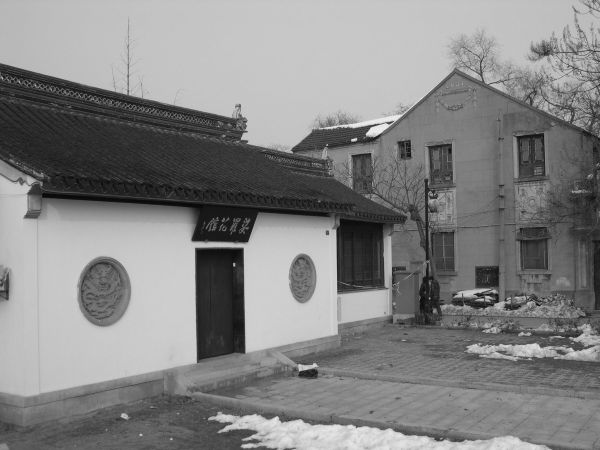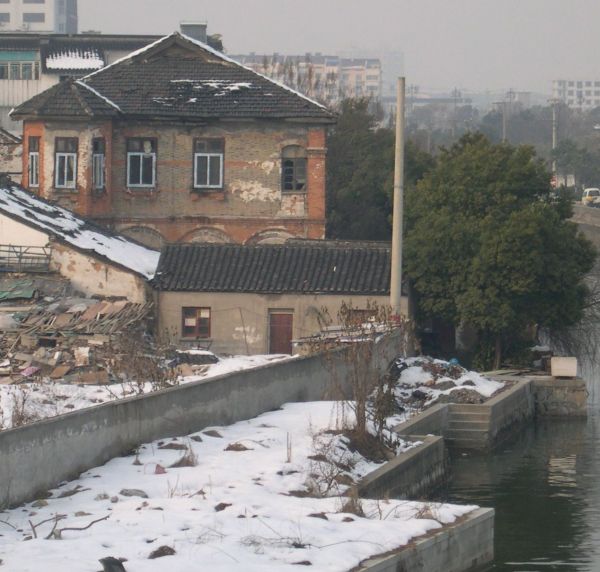The colonial past of China and the western powers is quite well known. Most people have heard about Shanghai’s International Settlement and French Concession. Other known famous ports opened by the early treaties include Amoy (Xiamen), Tientsin (Tianjin), Tsingtau (Qindao) and Canton (Guangzhou). Although less known, foreign presence extended to many more locations. The treaty of Nanjing and Tianjin opened the door to a limited number of cities but they were followed by many others, creating local foreign settlements and open ports well inside China.
Suzhou (spelled Soochow before 1949) is a very famous city in China. Center of the silk trade and intellectual gathering point, the city is also famous for its wonderful gardens. Through modernization in the last 20 years, the famous canals of the inner city have been filled up and only little remains from the old charm. For the foreign visitor, Suzhou is quite a disappointment as the century old reputation far exceeds today’s reality. I was recently visiting it, looking in despair at the raw of concrete buildings that makes Suzhou look like any second tier city in China. This is where local help came really handy, taking us to a further away part of the city.
The “Chang men” only gets a few lines in the China Lonely Planet, but it’s surely worth a visit. This “Old street” in the canals is a breeze after Suzhou’s gray streets. It’s quite charming and has a bit to show including the last remains of the wall that used to surround the city in ancient times. The gate is next to a wide canal, probably connected to the Suzhou-Beijing grand canal that used to be one of the major trade route in China. Around this location we spotted a few old houses that looked definitely of foreign style.
I could not see any indication whatsoever and the houses where in a pretty bad state. Two of them stood next to the river besides a Chinese temple. One was made of gray bricks and dated (looking at the style) from the 1910’s or early 1920’s. It closely resembles some of the Shi Ku Men houses in Shanghai from this period. The other house had a later style with stained windows like on houses in Shanghai, GuLanYu and Malacca. The building date on it stated 1931.
On the other side of the river, I spotted another old building. Although it has been quiet damaged by “renovation”, its original structure of gray and red bricks is still visible. I would say that this house is probably older, from late 19th century of early 20th. It resembles the first building originally constructed on the Bund in Shanghai, of which few examples still exist. Theses houses were typically trader’s that contained a large storage on the ground floor and living quarters as well as offices upstairs. This house is located next to the river bank with a concrete quay side, making loading and unloading easy. Foreign merchants and Chinese compradors would live around here, trading with local merchants. Goods would be shipped to Shanghai via the waterways to be loaded on boats onward to foreign destinations. Since Suzhou has long been a major silk center, most goods shipped from here must have been silk fabric and garments.
I did some research about Suzhou Japanese concession, though there is only little to be found, so it is mentioned in one site dedicated to similar topics. The treaty Shimonozeki was signed between China and Japan in 1895. I found mention of a foreign concession in Suzhou in 1896. The foreign community probably gathered under the protection (at that time) of the Japanese. The former Japanese consulate building is mentioned in tour guides (Suzhou No 1 Silk Factory | Suzhou, China Attractions – Lonely Planet). As Japanese were heavily involved in textile manufacturing in China at the time, it is not surprising that they established presence in Suzhou.
With a few foreign buildings in a location perfect for trade near to or just outside the city walls, it is highly possible that the area I visited was the foreign concession in Suzhou. Looking at the dilapidated state of the building and the fast expansion of the city, most of what is left will have disappeared very soon. Another page of the history of foreign presence in China will soon be erased.




Thank you for this article!
Could you please give source of info about establishment of japanese concession?
Thanks for your comment. This is a really old post (2008) and I did not do much more research in Suzhou after that.
I have added a few info I found about it recently.